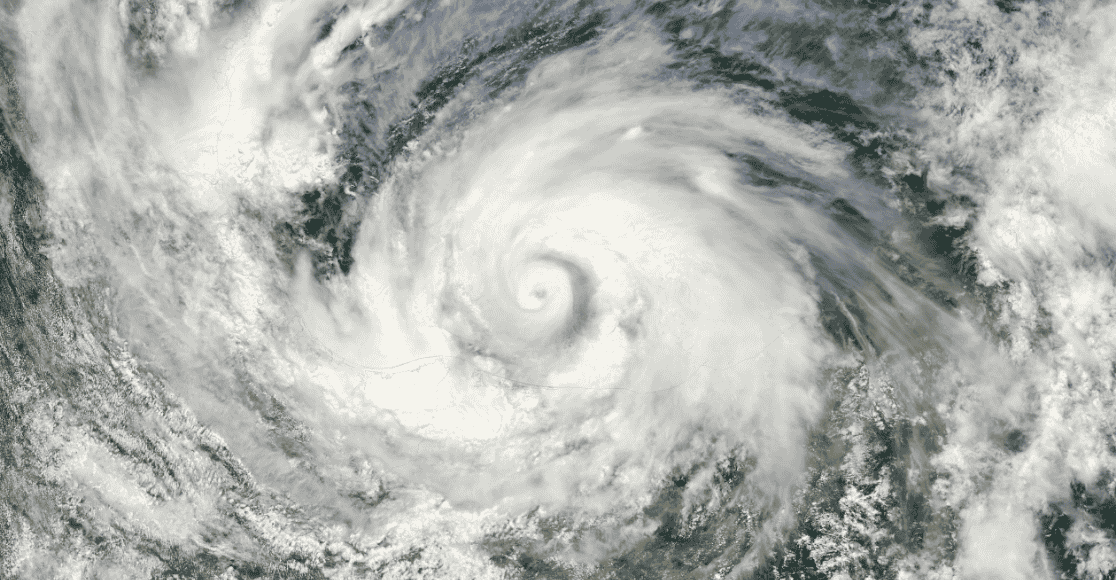Proactive risk management for climate risks in Hong Kong and the Greater Bay Area

Hong Kong, situated within the dynamic Greater Bay Area (GBA), faces escalating climate risks characterized by increasing severity and uncertainty. The region is vulnerable to extreme weather events such as typhoons, intense rainfall, flooding, and rising sea levels, all exacerbated by climate change. Typhoon Saola in 2023, followed by the record-breaking rainstorm, led to economic losses estimated at around HKD 2.22 billion1 with neighboring cities like Zhuhai also incurring losses of around RMB 60 million2 .
Study projects that by 2100, about 15–28% of coastal residential areas in the GBA, including Hong Kong, could be flooded due to compound climate events like storm surges combined with heavy rainstorms3 . This growing threat demands a shift from reactive disaster response to proactive climate risk management across the entire Greater Bay Area.
Why proactive risk management matters
Proactive risk management involves investing in climate adaptation measures that reduce vulnerability and exposure before disasters occur, rather than relying solely on reactive recovery or risk transfer such as insurance. For example, to enhance resilience against floods, strengthening flood defenses like flood gates, seawalls, drainage tunnels, and underground stormwater storage is crucial. These investments are designed based on future climate scenarios and aim to minimize damage, protect lives and assets, and reduce long-term economic costs. Reactive approaches alone are insufficient as they often come too late and do not address the underlying risk drivers. Moreover, risk transfer mechanisms do not reduce hazard exposure or vulnerability, leaving the region perpetually at risk. Money spent on adaptation measures should be viewed as a smart investment rather than merely an expense. Evidence4 shows every USD 1 spent on disaster risk reduction (a form of adaptation) can save between USD 4 and 11 in losses from disasters like floods and wildfires, with study5 showing benefit-cost ratios as high as 60:1 for certain strategies.
Cross-sector collaboration to enhance climate resilience in the region
Efforts and collaboration across different sectors are required to enhance climate resilience. The Hong Kong government has implemented projects6 like the Happy Valley Underground Stormwater Storage Scheme and the Lai Chi Kok Drainage Tunnel to enhance urban flood resilience. In addition to man-made infrastructure, embracing nature-based solutions such as wetland restoration and green urban spaces can complement traditional infrastructure, enhancing flood absorption and ecological resilience. Cross-border cooperation strengthens environmental protection and climate monitoring, facilitating more effective climate adaptation.
The private sector also plays a crucial role in scaling climate resilience across the GBA. Stakeholders across various sectors—including developers, investors, and businesses—must integrate climate risk considerations into project design, investment strategies, and corporate governance. This includes incorporating climate risk assessments into asset portfolio management and implementing adaptation measures to safeguard asset values and ensure long-term financial resilience. As an international financial hub, Hong Kong is well-positioned to promote public-private partnerships and green finance mechanisms, enabling the mobilization of capital for sustainable infrastructure and climate adaptation projects.7
Insurer’s role in building climate resilience
Insurers act as the final line of defense by taking on the residual risks that customers choose to transfer. However, our role extends far beyond that. At Zurich Resilience Solutions, the risk advisory arm of Zurich Insurance Group, we believe in working collaboratively with our customers to strengthen all lines of defense—helping to reduce residual risk to a level that is both manageable and affordable. We deliver insights, expertise, and practical solutions. By helping businesses understand the potential impacts of climate hazards on their operations, quantify associated risks, and implement effective adaptation strategies, we empower them to make informed decisions that enhance their resilience and long-term sustainability.
A shift in mindset is required to focus more on prevention rather than just post-disaster rebuilding and recovery. Investing in risk reduction and prevention forms a comprehensive approach to managing the impacts of climate-related hazards. By addressing both existing vulnerabilities and potential future risks, we can create safer and more resilient communities.
A new paper from Zurich Insurance Group presents a roadmap for how governments, insurers, and communities can work together to meet the growing challenges posed by extreme weather and natural catastrophes. Click here to learn more, or contact Ken Yuen, Climate Change and Sustainability Risk Consultant of Zurich Resilience Solutions at ken.yuen@hk.zurich.com, to discuss the climate resilience strategies for your organization.
Remarks:
1 https://www.sciencedirect.com/science/article/pii/S2225603225000189
2 https://www.hko.gov.hk/en/informtc/saola23/report.html
4 https://iccsafe.org/wp-content/uploads/NIBS_MSv2-2018_Interim-Report-summary.pdf
5 https://www.undrr.org/publication/global-assessment-report-disaster-risk-reduction-2015
6 https://www.dsd.gov.hk/Documents/SustainabilityReports/1617/tc/sponge_city.html
8 https://www.zurich.com/commercial-insurance/services/climate-resilience